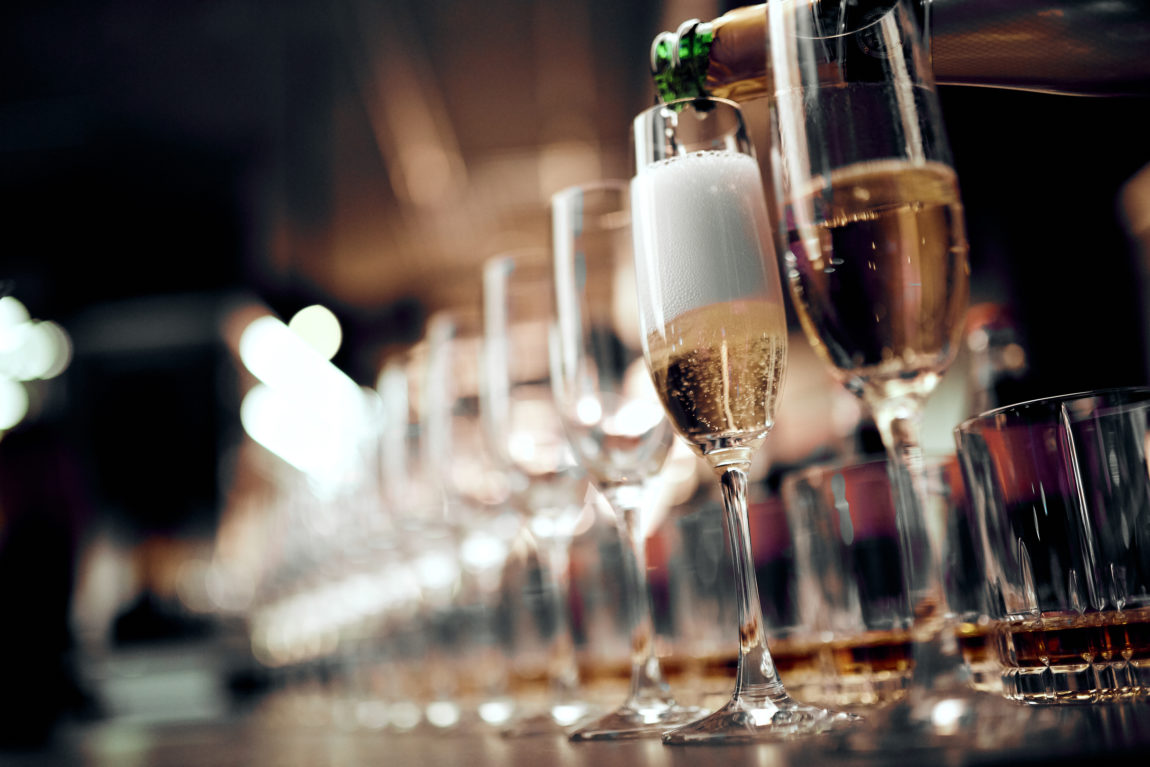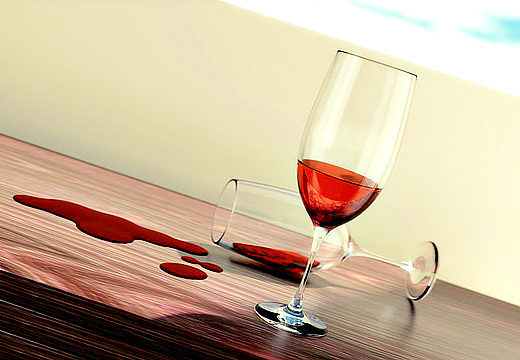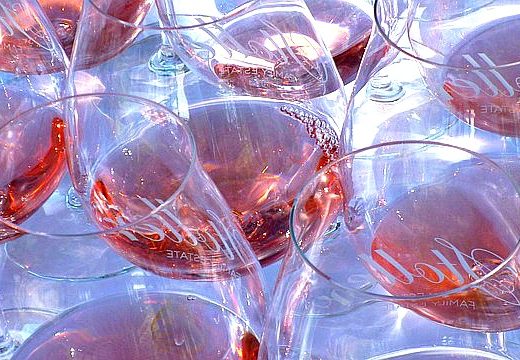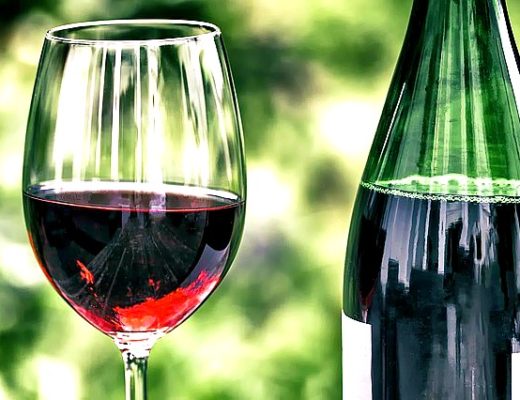Since my earlier Champagne post referenced only luxury offerings, I thought I’d focus on less expensive bottles for this portion. Don’t get me wrong, they can be pricey, but well worth it for true Champagne (including many of the grower selections outlined below). These are lovely bottles meant to be enjoyed on special occasions, or for pure pleasure amongst bubbly aficionados and enthusiasts alike!
(Prices for these selections are typically between $50-$100)
Paul Bara, Brut, NV – Coming from the Northeastern Champagne region of Montagne de Reim, (Bouzy in particular) we have the epitome of Grower Champagne (meaning the producers grow their own grapes and make their own wine). The French term is Récoltants-Manipulants, and you can almost always tell a Champagne is grower by its RM notation on the label. This Champagne is light, delicate and firm all at the same time. Yellow flowers, stone fruit, light citrus, baking bread, and butter cake all mingle effortlessly on the nose and the palate. The super-fine bubble structure imparts a clean and minerally finish that offers a subtle firmness giving way to a delicate creamy texture. Easily one of my favorites for quality and value.
Billecart-Salmon, Brut, Reserve, NV – A quality blend of 30% Pinot Noir, 30% Chardonnay, and 40% Pinot Meunier is aged in stainless steel and sees 30 months on the lees. A great balance of ripe apple, tree nuts, saline, candied lemon peel, and linear acidity. While all of these factors are present, they are restrained and display themselves in a delicate and light fashion.
Billecart-Salmon, Sous Bois, NV – The usual suspects of Pinot Noir, Chardonnay, and Pinot Meunier make up this savory and elegant variation on a classic. Deep golden hued in the glass, aged entirely in oak, and on the lees for 6-7 years. There is a complete evolution in the glass starting with dried figs and hints of caramel then moving into creamy truffle territory on the finish. If you can’t afford Krug, this is in the realm of that specific style at a portion of the cost.
Gaston Chiquet, Brut, 2008 – This is an ageable Champagne. I had it in 2019, and while it had striking acidity and a good bit of tertiary characteristics like dried red fruits, white truffles, and a hint of toffee, it may come together even more in the coming years. This blend of 60% Chardonnay and 40% Pinot Noir remained on the lees for 5 years. If you have the means, purchase 2 bottles……one to enjoy now and one to cellar for a few years.
Pascal Doquet, “Arpège”, Blanc de Blancs, Extra Brut, NV – This amazing offering from Pascal Doquet uses 50% of a base wine from 2013, while the balance consists of reserves. Pascal farms under 9 hectares of vines in prime areas. In fact, for this bottling he pulls from parcels in Vertus, Villeneuve, and Mont Aimé. This certified organic Champagne uses the growing principle of Lutte Raisonnée (loosely translated to “reasonable struggle”). After cultivation, it sees malolactic fermentation and an extended lees treatment. On the palate, mineral characteristics immediately show limestone, saline, and chalky undertones supplemented by some fragrant barnyard notes (telling of the extra-brut style). However, the real showstopper is the incredibly creamy texture that runs parallel to the ripe pear flavor. Weight, texture, balance and flavor all come together perfectly in this extra-brut gem.
Philippe Glavier, La Grâce d’Alphaël, Extra Brut, NV – Planted to only 4.5 hectares in the Côte des Blancs, Philippe Glavier’s Champagne offers a fun level of austerity. Bright, high-toned citrus zest, chalk, limestone, creamy lemon tart, and a light creamy texture that cuts a bit of the acid tension. 100% Chardonnay, the base wine is mainly from 2014 with 30% added from reserves. 28 months on the lees and aged 100% in stainless steel. An amazing pairing with seafood and shellfish.
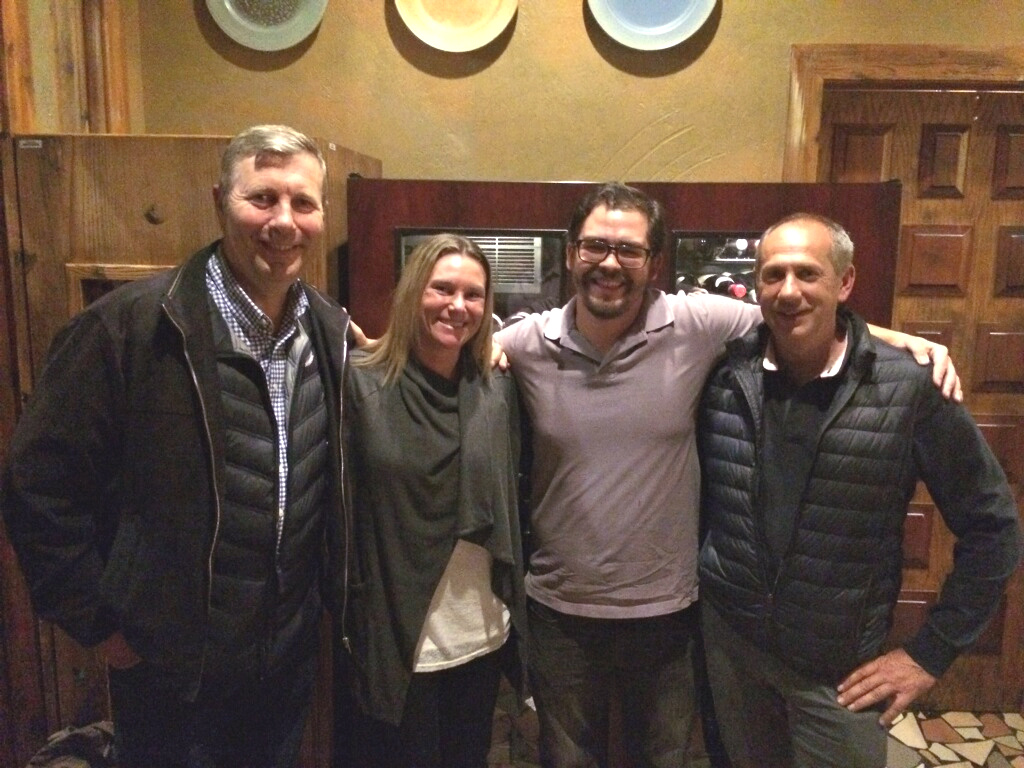
A. Margaine, Le Demi-Sec, Premier Cru, NV – The fruit for this demi-sec (off-dry) styled Champagne comes from the incredibly unique site in Champagne known as Villers-Marmery. This is a small area devoted only to Chardonnay but is oddly surrounded completely by Pinot Noir. Therefore, the blend of 88% Chardonnay and 12% Pinot Noir should come as no surprise. The flavor profile isn’t too dry and isn’t too sweet, but subtly tucked in between. Great balance of acid on the finish to wipe away the hint of residual sweetness on the mid-palate. Green apple, fresh baked bread, roundness and minerality. Perfection on the finish.
The pic inserted to the right is my version of hitting the grower Champagne jackpot. A dinner with just the four of us! From L-R: Didier Gimonnet, myself, Ryan Gerni and Arnaud Margaine.
R. Pouillon, Reserve, NV – Focusing on organic viticulture and biodynamic principles, this grower/producer is adept at using items only on their property. In fact, the lineage of the property can be traced back to the 1600s. All of the fruit is hand-harvested where it undergoes fermentation in stainless & enamel lined tanks along with neutral oak barriques. By using fruit from the riper parcels of Vallée de la Marne and Montagne de Reims, the flavors and aromas include biscuit, brioche, melon, and white peach. The finish is dry and textured.
Varnier-Fanniere, Grand Cru, Brut, NV – The vines for this 100% Chardonnay average 45 years of age. Pulling from the Côte des Blanc (a portion from the slopes of Avize, in particular) for this Grand Cru offering, there’s abundant stone fruit, lemon curd, and high-toned acidity. The finish hints quickly at warm roasted notes and a smidgeon of spice.
Vilmart & Cie, Grand Cellier, Brut, NV – A lovely Premier Cru Brut that focuses on multiple layers and complexity. Creamy brioche and vanilla tones are at the forefront of this 70% Chardonnay and 30% Pinot Noir Blend with baked pear and apple notes in the background. No malolactic fermentation, but aged 10 months in large used oak casks, this shows great weight and texture with a soft hand.

